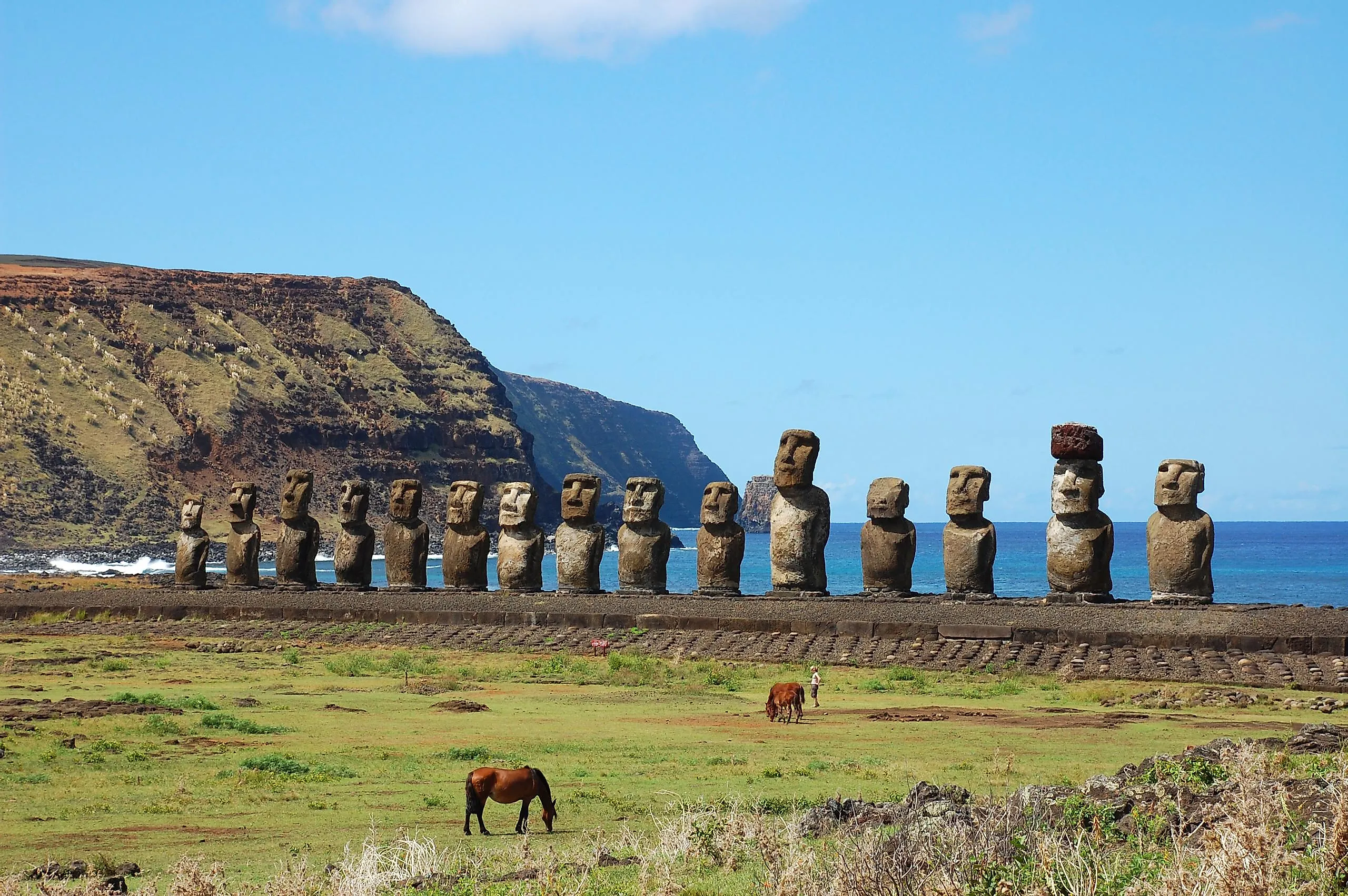
11 Civilizations That Disappeared Under Mysterious Circumstances
History books are full of nations, empires, and entire civilizations that have come and gone. Most civilizations come to an end either due to a spectacular catastrophe or in an unremarkable slow decline that takes decades, if not centuries, to reach its final state. However, there are a few isolated instances of whole societies vanishing without a trace, except for some ruins or artifacts left behind as proof of their existence. The sudden and often unexplained disappearances of these civilizations are something that has both captivated and confused the minds of both experts and laypeople alike.
Mayans
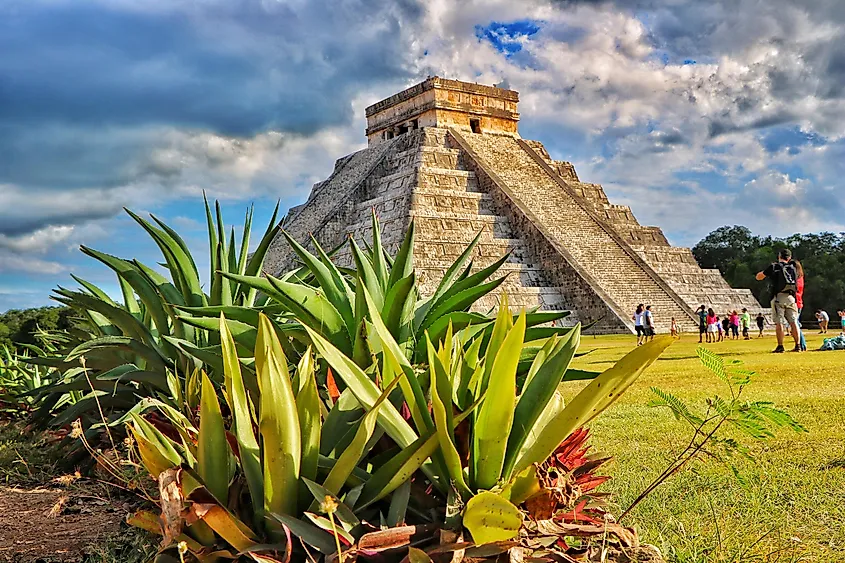
The Mayans are a people as old as time itself. Evidence of Mayan settlements dates back as far as 2000 BC. These Early Mayans would have most likely been smaller tribal people with little in the way of large settlements and cities. Over the centuries, the Maya would eventually grow into the largest and most powerful group in Mesoamerica and control much of modern-day Central America. The Mayans built numerous large cities filled with impressive temples and central plazas. But strangely, by the middle of the 8th century, the great urban centers of the Maya started to slowly fall into disrepair and were eventually abandoned.
The exact reason for this is unknown, but there are some leading theories as to what might have led to this sudden and unexpected collapse. The downfall of the Maya can be likely attributed to a variety of factors, both internal and external. There is strong evidence that has shown that during the time Maya cities became abandoned, droughts and floods devastated Central America. These disasters would have undoubtedly led to food shortages, and much of the population would have had to seek food elsewhere or face starvation. War between various cities could have also been a contributing factor, as well as civil unrest. The exact cause of the Mayan downfall will likely remain a mystery.
Olmecs
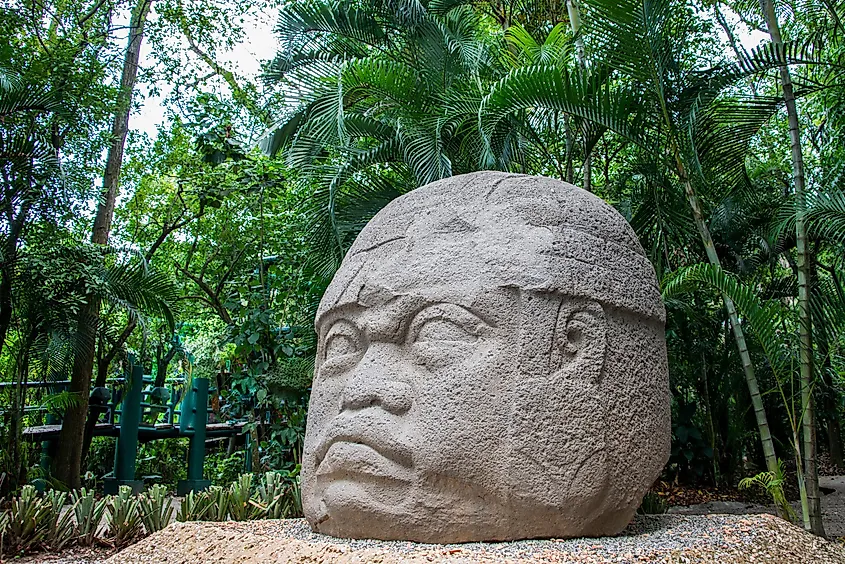
The Olmecs were a civilization that was once completely lost to time. Historians were totally ignorant of the existence of the Olmecs until they were rediscovered in the mid-19th century. Upon further investigation, archeologists and historians discovered that the Olmecs were not only just another Mesoamerican civilization but the ones who laid the groundwork for the Maya and even the Aztecs to thrive and prosper.
Much like the Maya, the Olmecs were also capable of constructing impressive stone temples and cities with relative ease. It is thought that the Olmecs controlled large swathes of territory in Central America between 1600 BC and 350 BC. Thought to be the "mother culture" of most Mesoamerican empires and kingdoms, the Olmec style of architecture, governance, and even religion can be seen all throughout the region.
Suffering a similar fate to the Maya, during the 3rd century BC, the major urban settlements of Olmecs slowly became deserted and fell into ruins. It can only be assumed that the Olmecs must have faced similar environmental and political circumstances to the Maya, leading to the same devastating results. Despite the mysterious and unexplained decline of the Olmecs, much of their culture and way of life continued to live on in the other nearby peoples who would unknowingly carry on their legacy.
Vikings (Greenland)
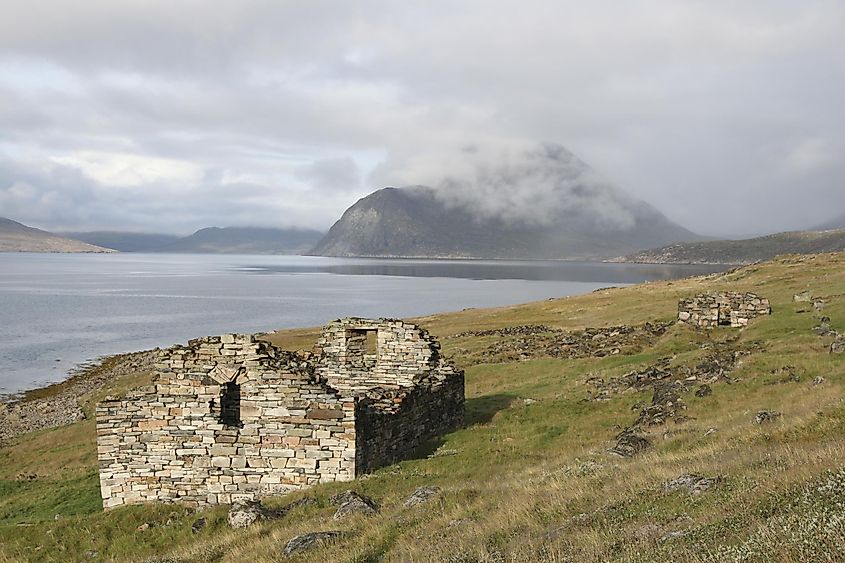
Best known as raiders and plunderers of Europe during the late stages of the Dark Ages, the Vikings were actually able to set up a complex system of colonies and trading outposts far away from their original homelands in Scandinavia. Viking settlements have been found as far away as Central Russia and famously in Newfoundland and Labrador in Canada, making them not only the first Europeans to arrive in North America but the first outsiders to step foot on the continent more than 400 years before Christopher Columbus. One of these distant colonies was established in Greenland in 985 AD.
At its peak, the Vikings had founded two separate settlements on the vast Arctic island and had a shared population of roughly 3,000 inhabitants. By the 14 century, these two villages were all but abandoned, and a European presence would not be felt on Greenland for another 400 years. A mixture of factors such as a drop in temperature, piracy, and plague are all likely candidates as explanations for what might have dropped the Vikings for greener pastures. There is a more recent theory that the main reason the Vikings left Greenland was due to a lack of water. According to researchers, many of the lakes near the Norse settlements dried up and would have prevented the Vikings from being able to water their grass, which livestock would have eaten, thus leading to the starvation of both farm animals and humans alike.
Easter Island
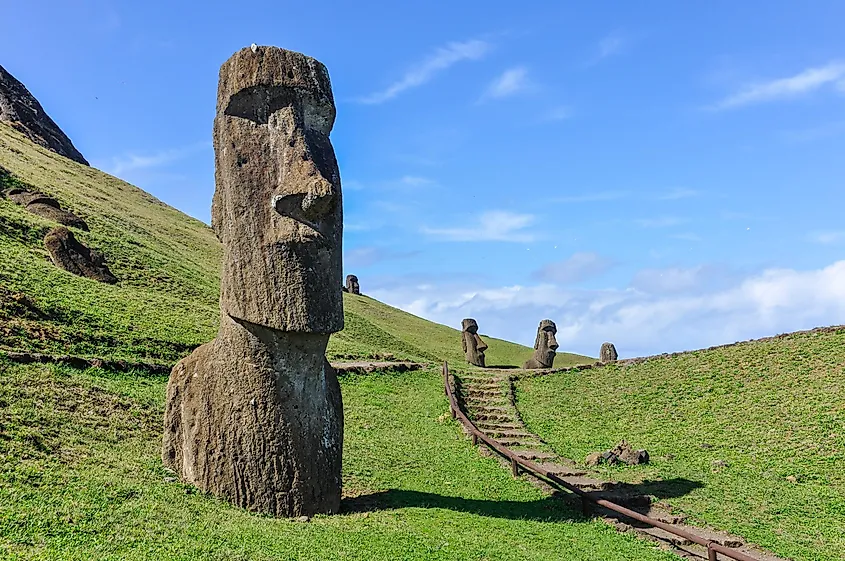
The remote island now known as Easter Island was once a thriving hub of commerce that sat along a heavily trafficked trade route that ran through the Southern Pacific Ocean. Settled by a small group of Polynesian sailors sometime in the 9th century AD, it is estimated that the island referred to as Rapa Nui by its native inhabitants had a population reaching 15,000.
The most famous remnants of this lost civilization are, of course, the Easter Island Heads. These massive stone heads weighing thousands of pounds are actually connected to a much larger body that was buried underground when Europeans first arrived on the island in the 18th century. By the time of European arrival, the population had dwindled to a minuscule 2000-3000 people.
New theories have emerged that suggest that the native population of the island declined due to crop failure and clan warfare. As food became scarce, various clans on the island attacked one another to control food production. The famine that gripped the island was so fierce that there is strong evidence that many natives resorted to cannibalism to survive.
Khmer Empire
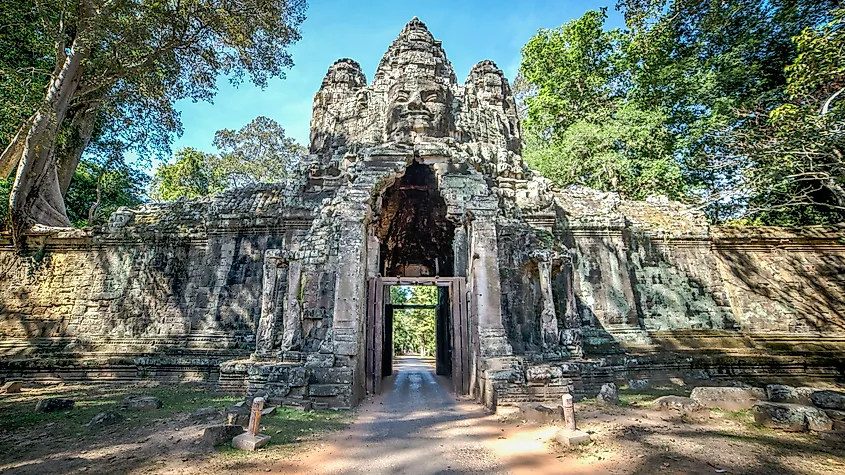
Located deep in the thick jungles of Southeast Asia, the mighty Khmer Empire ruled over what is now Cambodia, Laos, Thailand, and parts of Vietnam. Founded in 802 AD and lasting until 1431 AD, the Khmer Empire is an often overlooked state that was once a major player in the incredibly lucrative trade routes that led into China and the Indian Subcontinent. The empire saw its apex under the reign of the rule of Jayavarman VII in the late 12th and early 13th centuries. There was an explosion of the large temples and religious monuments that the Khmer are known for during this period. Canal and water reservoirs were also constructed during this time, greatly increasing trade and agricultural output.
In the 13th century, the introduction of Buddhism to Khmer slowly eroded the Hindu influence that had previously dominated the nation. As more of its people started to convert to this new faith, the previous temples and monuments were slowly abandoned and left at the mercy of the jungle. Increased attacks from the Thai also caused much upheaval and is certainly one of the leading causes of why so many cities and temples were abandoned at this time. By the middle of the 15th century, the Khmer Empire had effectively collapsed, and the true reason for abandoning its capital remains unknown.
Indus Valley Civilization
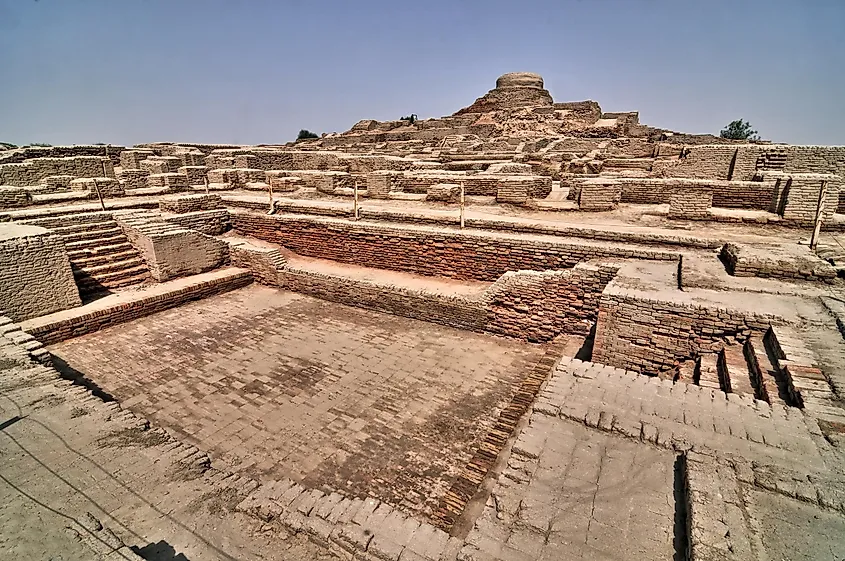
Covering what is modern-day Pakistan and India, the Indus Valley Civilization is a term that is used to loosely describe the people who inhabited this region more than 4,200 years ago. Little was known about the civilization, and it was almost completely lost to time until it was rediscovered in 1920. It is thought that the Indus Valley Civilization, much like Mesopotamia, consisted of dozens of independent city-states that often traded and warred with one another over control of resources and arable land.
Experts generally agree that it was most likely a massive drought that caused the downfall of the Indus Valley Civilization. Mass starvation would have led to a sharp decline in population and could have resulted in urbanites fleeing into the countryside in desperate need of food. The Indus Valley people did develop their own written language, but it remains undeciphered to this day. If this language is ever fully understood, perhaps it could help explain what happened to these people all those years ago.
The Mississippians
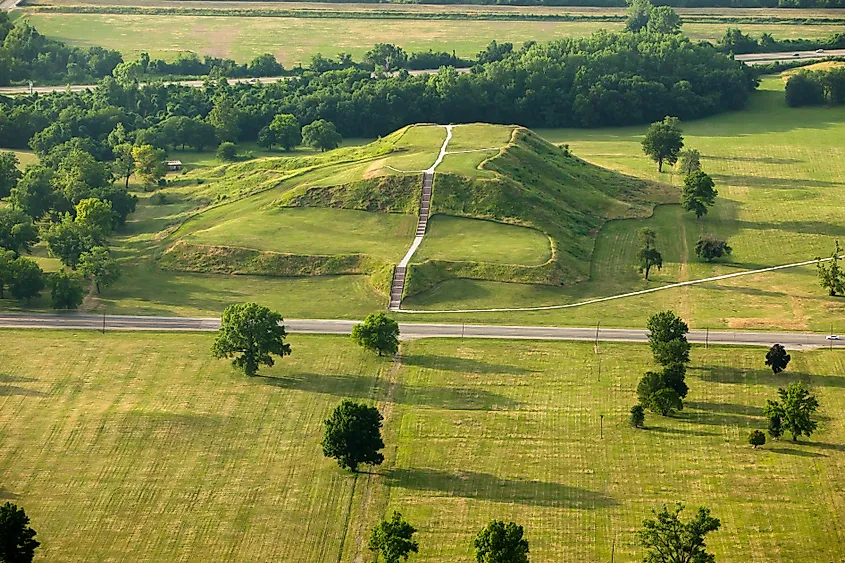
Located in what is today Collinsville, Illinois, the unassuming remains of a once-great pre-Columbian city sit open for tourists to visit and explore. The only thing that is left of Cahokia, a city built by a Native tribe belonging to the Mississippian culture group, are a handful of large dirt mounds that once housed thousands of people.
Cahokia first came into being as a collection of small villages but quickly grew into a large city in 1050 AD. Cahokia was so large that it could have rivaled capital cities in Europe, such as London or Paris. Cahokia and its inhabitants would remain one of the largest settlements in the Americas until around 1250 AD, when the city was either destroyed or abandoned entirely. With no written record and little archeological evidence of what might have caused this sudden collapse, it is unlikely that experts will ever truly know what happened to this once-great city. Popular theories range from natural disasters to devasting wars with nearby tribal confederations. The truth is no one really knows for sure.
The Anasazi
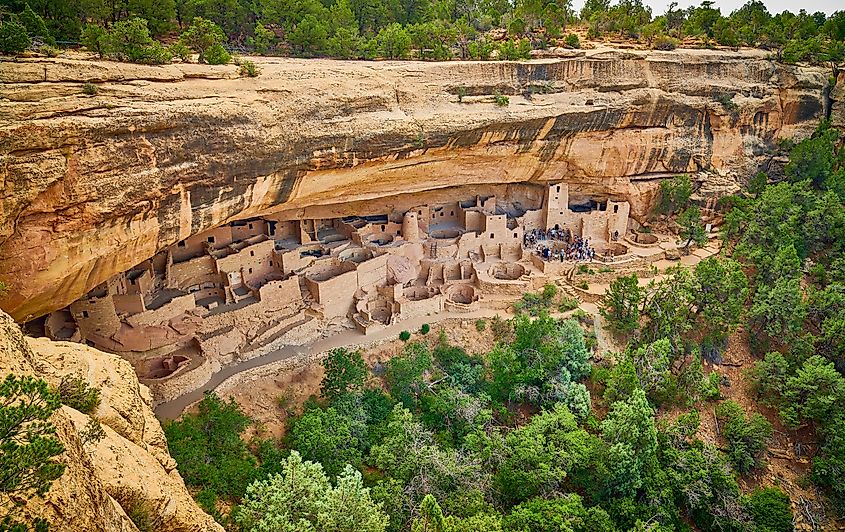
Another society that thrived in pre-Columbian North America was the mysterious Anasazi people. Hailing from what is today the American Southwest, the Anasazi are thought of in a similar light as the Olmecs of Central America. It is widely accepted that the Anasazi acted as a kind of "mother culture" to other Native tribes that came after them such as the Pueblo and Hopi. The Anasazi are thought to have first established themselves around Utah sometime around 1500 BC. They built astoundingly complex and impressive housing blocks into the sides of cliffs and mountains. Some of these structures could house hundreds, if not thousands of people at one time.
These kinds of buildings began to change sometime in the middle of the 13th century AD. Instead of being easy to access and low to ground, these new villages were built much higher into hills and other rock formations. This would suggest that the Anasazi were constructing new settlements while prioritizing defensiveness over practicality. This has led many historians to hypothesize that the Anasazi were in the midst of a war or some kind of natural disaster. Either way, the Anasazi faded from record around this point, and no one really knows what happened.
Çatalhöyük
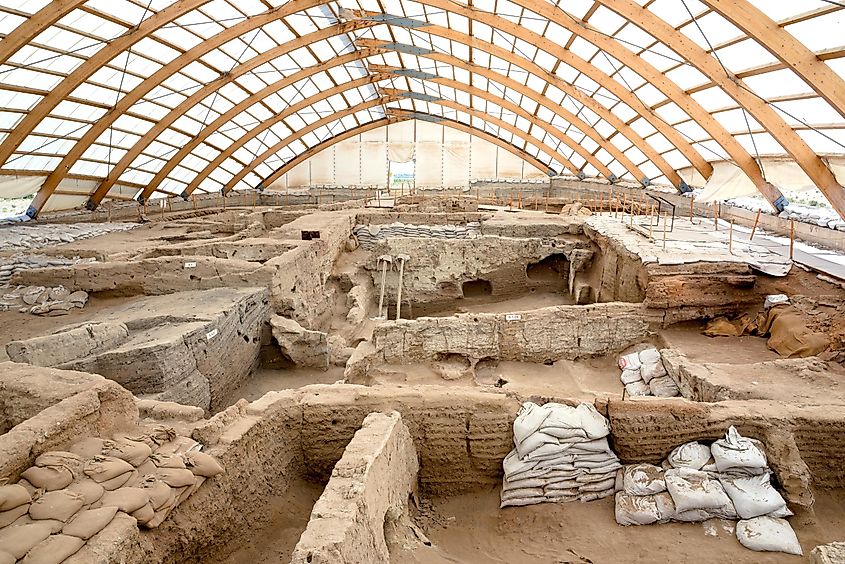
Arguably the oldest permanent human settlement ever discovered, located in what is today Turkey, Çatalhöyük was probably first settled sometime around 6,500 BC. The settlement likely first started out as a small collection of huts and villages but slowly started to form into what could later be described as a primitive city.
Much of the homes and buildings in Çatalhöyük were connected via rooftop and would have been incredibly cramped and crowded. Çatalhöyük had nothing that resembled roads or anything that could have been called a public building. Despite its total lack of urban planning, at its height, it is estimated to have had as many as 8,000 people. Around 5650 BC, Çatalhöyük was either totally abandoned or suffered from some kind of mass depopulation event. This was most likely due to poor weather or natural disasters such as earthquakes. With no hope of uncovering a written record, it is unlikely we will ever know.
Thonis-Heracleion
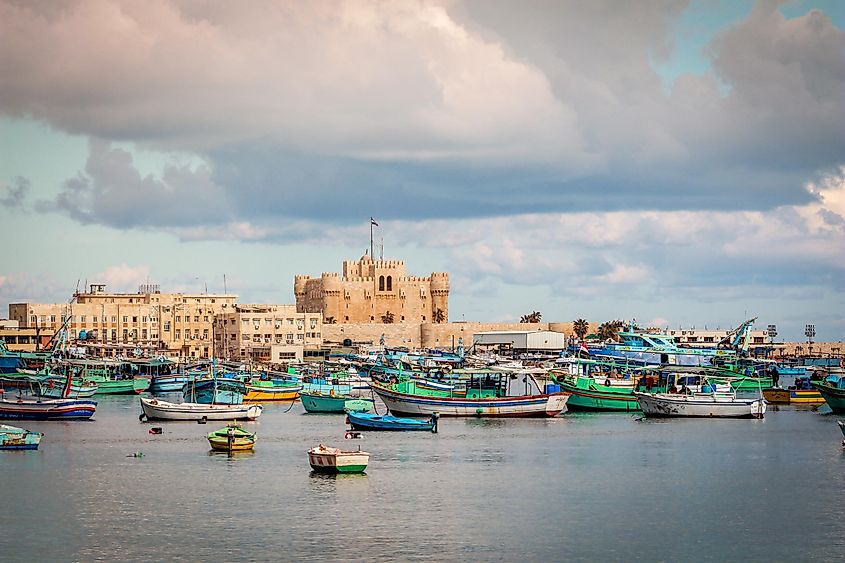
Found in modern-day Egypt, the ancient city of Thonis-Heracleion fell into the Mediterranean Sea almost 1,200 years ago under bizarre circumstances. The first-hand accounts are not exactly clear, but it is likely that Thonis-Heracleion fell victim to some truly apocalyptic flooding caused by a series of devastating earthquakes. Historial records recount the ground shaking heavily and then eventually turning into mud. By the end of this horrific event, most of Thonis-Heracleion had been claimed by the sea. For centuries, many historians thought that these accounts were nothing more than local legends or exaggerated fables.
It wasn't until 2000 that a team of divers decided to investigate themselves and finally located the lost city. Countless artifacts from both the Greek, Roman, and Ancient Egyptian eras that this city lived through have been recovered and are in spectacular condition, considering that they have been underwater for more than 1,000 years. The sunken city of Thonis-Heracleion is still being explored to this day in hopes of finding more clues about what might have really happened.
Derinkuyu
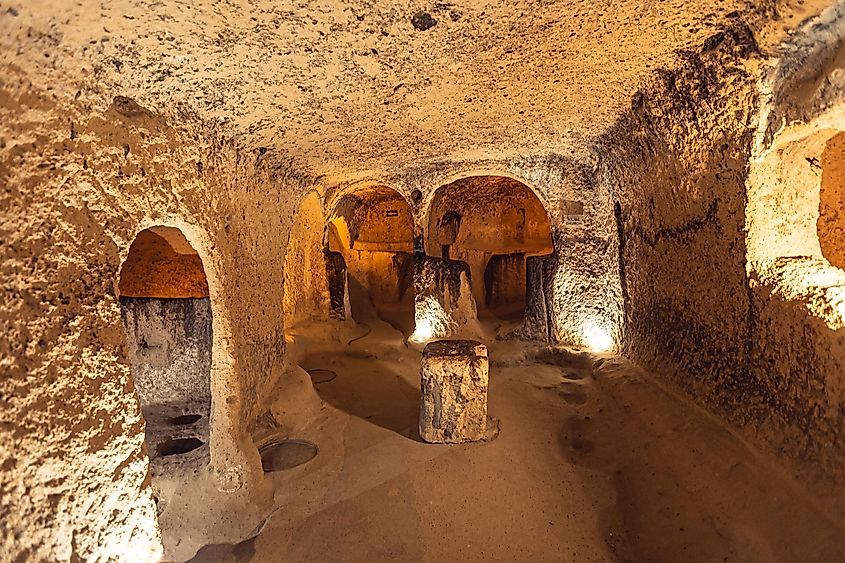
Discovered in the mountainous region of Cappadocia in Turkey, the underground city of Derinkuyu is perhaps one of the more stunning archeological finds of the last century. Built underneath the mountains is a subterranean city that, at its height, is thought to have been the home of more than 20,000 people.
The city is more than 85 meters beneath the earth and boasts 18 different levels of tunnels. The exact date of when this city was first built is not exactly clear, but there are a handful of historians who suspect Derinkuyu to be Hittite in origin. The Hittites were a Bronze Age people who lived in much of the Anatolian Peninsula. Known for their warrior culture and mastery of the chariot, the Hittites, like many of the other civilizations, were wiped out during the calamitous Bronze Age Collapse between 1200 BC and 1150 BC.
If this Hittite theory is correct, then it is possible that many of its original inhabitants left to seek refuge from war, famine, or natural disasters. Other counter theories claim that Derinkuyu was built in response to the Bronze Age Collapse and was intended as a kind of primitive fallout shelter from what would have been nothing short of an apocalyptic event for these people.
Sadly, the true fate of these civilizations, settlements, and peoples will likely remain a mystery for some time. With a lack of a written record, the best historians can do is make educated guesses as to what might have really happened. So much of human history is still yet to be uncovered and is only done so as fast as archeology can take use. All we can do is sit back and hope that further breakthroughs can be made to paint us all a clearer picture.











